How Antioxidants deters oxidation of the skin and why it slows skin aging? This comprehensive blog post answers to the common questions and myths related to aging and antioxidants.
The aging mechanism as a whole
Aging starts from the continuous accumulation of molecular damage through stress. The sources of this stress are both intrinsic and extrinsic (Read this article to understand in detail the Science of Aging).
The DNA is vulnerable to cell damage because of intrinsic stress from reactive oxygen species (ROS), i.e., free and non-free radicals, and extrinsic stress from UV light and exposure to radiation. When the molecular damage occurs, it activates the stress response. It also stimulates the regulation of the mechanisms to remove the damage or prevent the cell division or DNA damage.
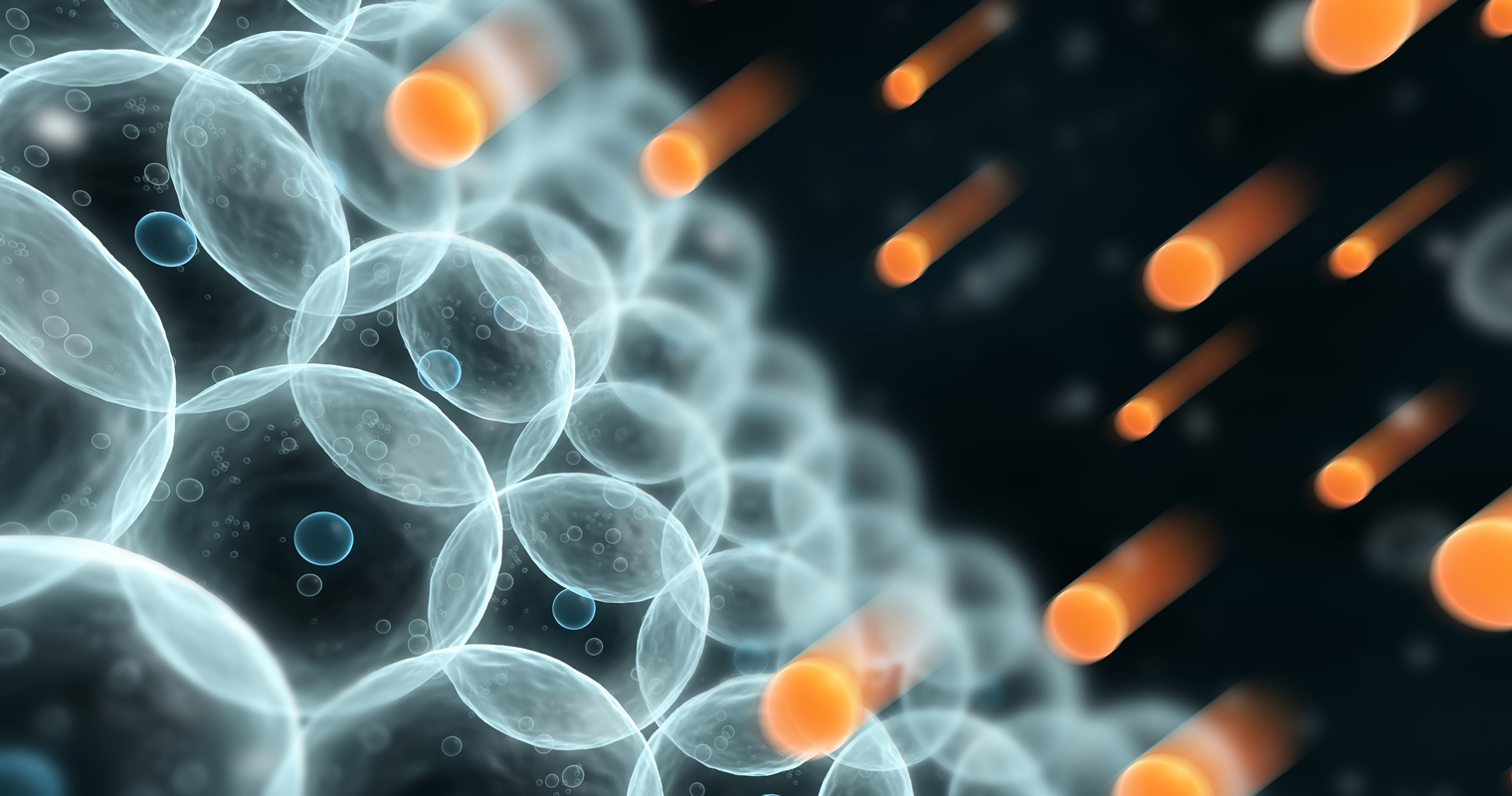
However, these systems are not completely efficient because of which cells are left with some unrepaired damage. This unrepaired damage combines with inflammation causes cellular defects, like cell division, leading to tissue dysfunction and causes aging. Fortunately, there exist certain repair and antioxidant systems that can prevent as well as alleviate this molecular damage.
Other than these factors, metabolic rate plays a role too. The metabolic rate is the overall rate of the oxidation—a chemical process that uses oxygen to convert the dietary components into energy. Fat, protein, and carbohydrates oxidize in the tissues with oxygen being taken by the lungs. The total metabolic rate is the energy required by the human body to perform its day-to-day functions. Whereas, resting metabolic rate (RMR) is the minimum amount of energy required to stay alive.
A higher metabolic rate has a role in aging. It comes with many merits and demerits. High metabolic rate proves to be functional in reducing body weight, as it metabolizes the food fast. However, it also creates free radicals as a natural byproduct—causing oxidative damage to DNA. This damage keeps accumulating over time. A higher metabolic rate means increased oxidative damage and more accumulation. Moreover, the total antioxidant capacity tends to decline with age.
Hence, it is believed that a high metabolic rate accelerates the process of aging. It also causes other age-related conditions. One study into the older adults finds that the healthier participants who did not have any major age-related medical conditions had lower RMR than those suffering from diseases. That implies a high metabolic rate can impact the health status of an older person. Several recent studies also indicate that higher RMR increases the risk of mortality.
Photo-oxidation vs. oxidation
The oxidation process refers to the combustion of oxygen that occurs in the body cells to build proteins and produce energy. This process creates free radicals as a byproduct. Free radicals are the molecules that kill bacteria. They also build connections between the collagen fiber—protein fiber giving strength to the body organs—in the skin. However, free radicals also bring disadvantages. They are overactive and tend to connect with vital molecules like DNA too. They attack the vital molecules and harm them. Therefore, they are a reason for chronic diseases and premature aging, including skin aging.
The body cells contain certain agents that neutralize the effect of free radicals. These agents are called antioxidants that balance free radicals’ concentration and prevent them from harming the tissues. The human body has a balance between the accumulation of free radicals and their neutralization. However, external factors like pollution, sun’s UV rays, smoking, etc. speed up the creation and accumulation of free radicals. The disturbance in the balance between the formation of free radicals and antioxidant activity is called oxidative stress.

The structural changes in skin cells because of exposure to UV rays are called photoaging while the increased, accelerated oxidation process amid this exposure is called photo-oxidation. The UV rays have direct photochemical effects on RNA, DNA, vitamin D, and proteins.
Aging mechanism for the skin
Being the largest organ of the body, the skin covers the entire body surface. Its primary function is to separate and protect the internal body parts from the outer environment. It receives a sensory stimulus and helps regulate body temperature while shedding out unwanted substances. As it is directly exposed to the external environment, the skin undergoes a significant change over time. External factors have more effect on the skin than the effect of genetic disposition. That is why the structural changes in the skin are more related to the personal lifestyle. Overall, two independent mechanisms pace up the skin aging:
- Chronological or intrinsic
- Extrinsic or environmental.
Chronological skin aging
It occurs mostly because of intrinsic stress and is marked by fine wrinkles and laxity. These aging signs start appearing when the cell renewal process slows down around 30 years of age. The hormone production also goes through changes, reflecting on the skin.

Environmental skin aging
The extrinsic stimuli include excessive exposure to solar radiation and pollution. It leads to oxidative stress and accelerates premature skin aging. Oxidation, i.e., the formation of free radicals, causes structural changes in the skin cells. The intensity of change depends on the degree of sun exposure and the amount of melanin in the body. The exposure to sun rays also leads to the formation of free radicals that impact the skin cells and disturb the balance between antioxidant systems and the free radicals. This phenomenon is the cause of many skin disorders, including chronic and acute inflammatory processes, dermatitis, and skin cancer. It also accelerates skin aging marked by wrinkles, hyperpigmentation, loss of skin tone, rough skin, solar elastosis, dryness, and melanoma.
Oxidative damage tends to affect the proteins, DNA, and lipids the most. This damage can interrupt the normal function of these components and cause many issues like inflammation and cancer. Amino acids – the building blocks of proteins – such as, histidine, proline, arginine, and cysteine, are vulnerable to oxidative damage. The oxidation of amino acid residues can cause fragmentation of protein. Such changes in the structure of protein do not go through repair mechanisms. They require the creation of new proteins to replace the existing ones. When free radicals attack enzymes (that are made of proteins), their functions inactivate.
Antioxidants & their groups
Antioxidants are molecules that inhibit or reduce oxidative damage. They are found naturally as well as in supplements. The human body also produces these molecules to prevent cell damage. These molecules are of various types, i.e., water-soluble, fat-soluble, and flavonoids. Water-soluble antioxidants perform their activity in both intracellular and extracellular fluid while the fat-soluble molecules do their job in cell membranes.
Flavonoids are the plant antioxidants having many health benefits.
Important antioxidants include:
Vitamin C: It is the major water-soluble antioxidant. It defends the body against free radicals in plasma and whole blood. Moreover, it inhibits lipid peroxidation—the oxidative damage to lipids. It also regenerates vitamin E, another antioxidant, in membranes and lipoproteins. Many studies indicate that it can also slow down the aging process because of its inhibition against lipid peroxidation.
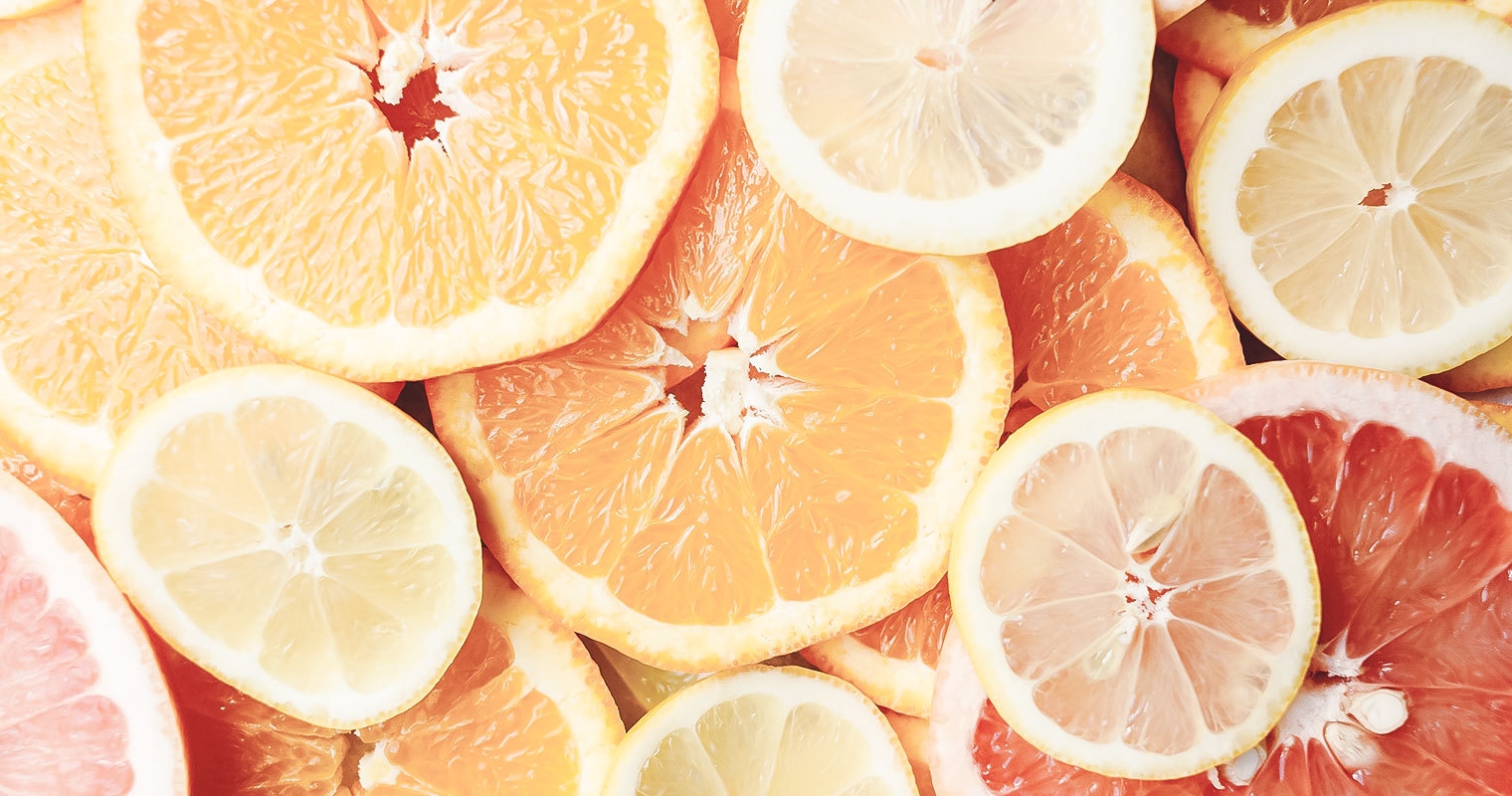
Vitamin E: It is a lipid (fat)-soluble antioxidant present in circulating lipoproteins and cell membranes. It also binds directly with several oxygen radicals and protects the cells against oxidative damage. It is regenerated by vitamin C to ensure protection against free radicals. It also plays a role in atherosclerosis—hardening of arteries—by inhibiting the oxidative changes of a type of fat, low-density lipoproteins (LDLs).
Carotenoids: These are also lipid-soluble antioxidants, which prevent many oxidation-related issues. They deal with inflammation, cardiovascular disease, atherosclerosis, and are inversely associated with mortality. These antioxidants also improve physical performance. Studies show that a guided intake of carotenoids supplements improves the antioxidant status in a person and reduces lipid peroxidation. The most known carotenoid is β-carotene that neutralizes the oxidation rapidly. One study found a link between a higher risk of mortality and low serum levels of β-carotene.
Catechins: These flavonoid derivatives influence the taste of tea, i.e., slightly sweet, astringent, or bitter. They also offer many health benefits and prevent diseases because of their antioxidant properties. Catechins work as antioxidants when ingested and help prevent lipid peroxidation. These reactive oxygen species scavengers induce antioxidant enzymes and inhibit pro-oxidant enzymes. Hence, they can play a role in slowing down aging and the resulting conditions like cardiovascular diseases, cancer, neurodegenerative disease, and diabetes.
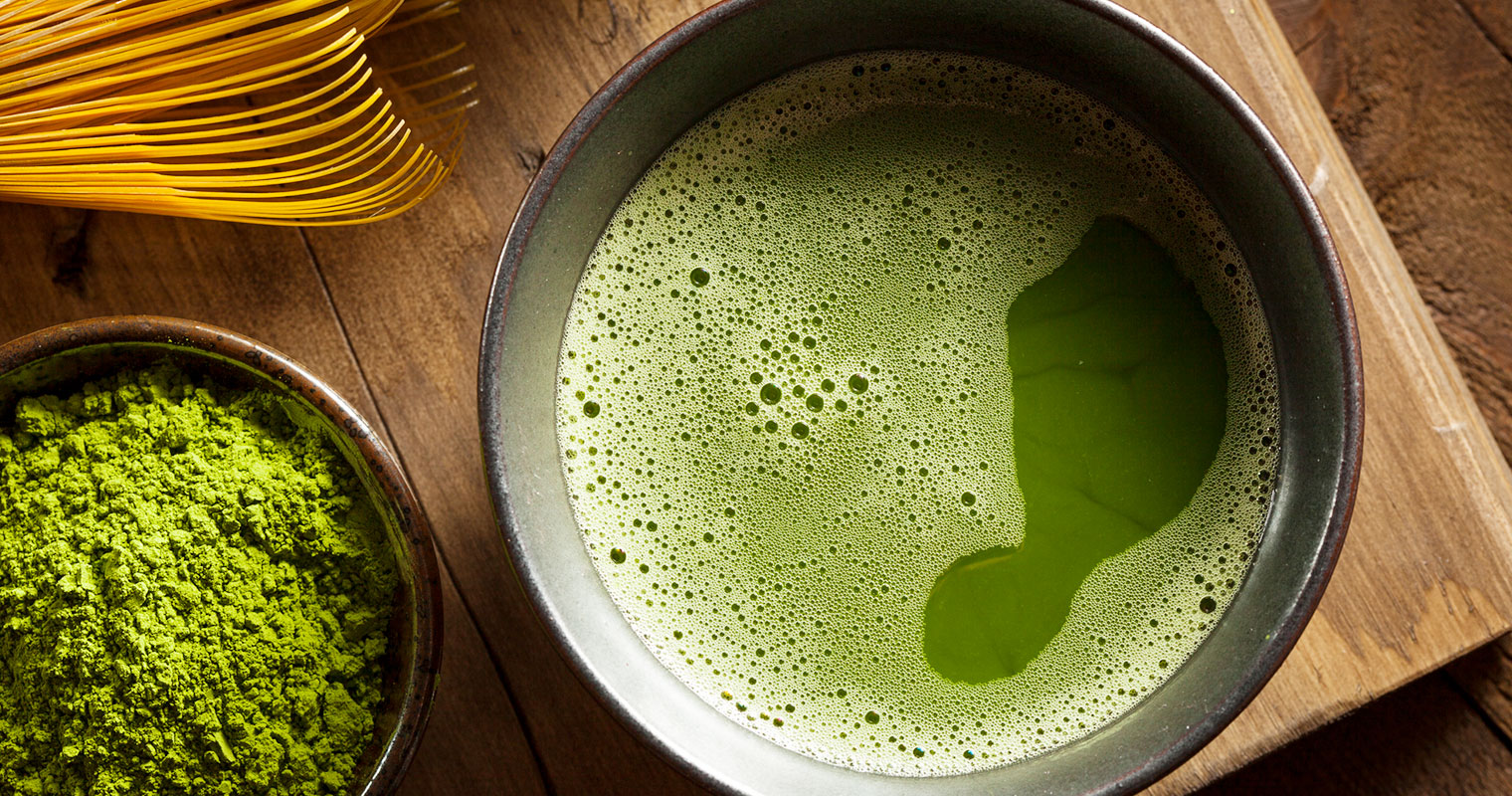
The role of antioxidants in aging process
Antioxidants neutralize the activity of free radicals by binding with them—thus preventing them from binding with other vital molecules. They have an anti-inflammatory effect because of which they have the potential to prevent cancer and brain disorders. Moreover, they can also lower blood pressure. Aside from that, antioxidants can also prevent extrinsic aging. The skin’s additional free radical damage from external factors like UV rays and pollution can be prevented and alleviated by the antioxidants.
Antioxidants quench the reactive molecules (free radicals) and protect the cells from intrinsic and extrinsic stressors. They prolong the life and vitality of the skin cells. Normally, the skin utilizes many enzymatic and non-enzymatic oxidants to neutralize the damage from free radicals. The extrinsic stressors tend to deplete the naturally present antioxidants along with chronological aging. Hence, the skin needs proper antioxidant protection to prevent the free radical activity going unchecked. The intake of adequate antioxidants can overturn the disturbed balance of free radical activity and antioxidants present in the skin. The intake of antioxidants like vitamin C can also help alleviate the impact of UV rays.
The role of microbiome in anti-oxidation
The microbiome is the genetic material of the microbes living in and on the human body. Microbiome does play a significant role in anti-oxidation, especially gut microbiota (Read this article to learn more beneficial functions by microbiome). That is why gut health is crucial for protection against inflammatory and infectious conditions as well as for maintaining overall health. The digestive tract constantly interacts with microbial agents and the allergic incidences via food intake. The gut mucosa (inner lining of the digestive tract) contains a microbiome that prevents proliferation and colonization of undesirable toxins and microbes in the gastrointestinal tract.
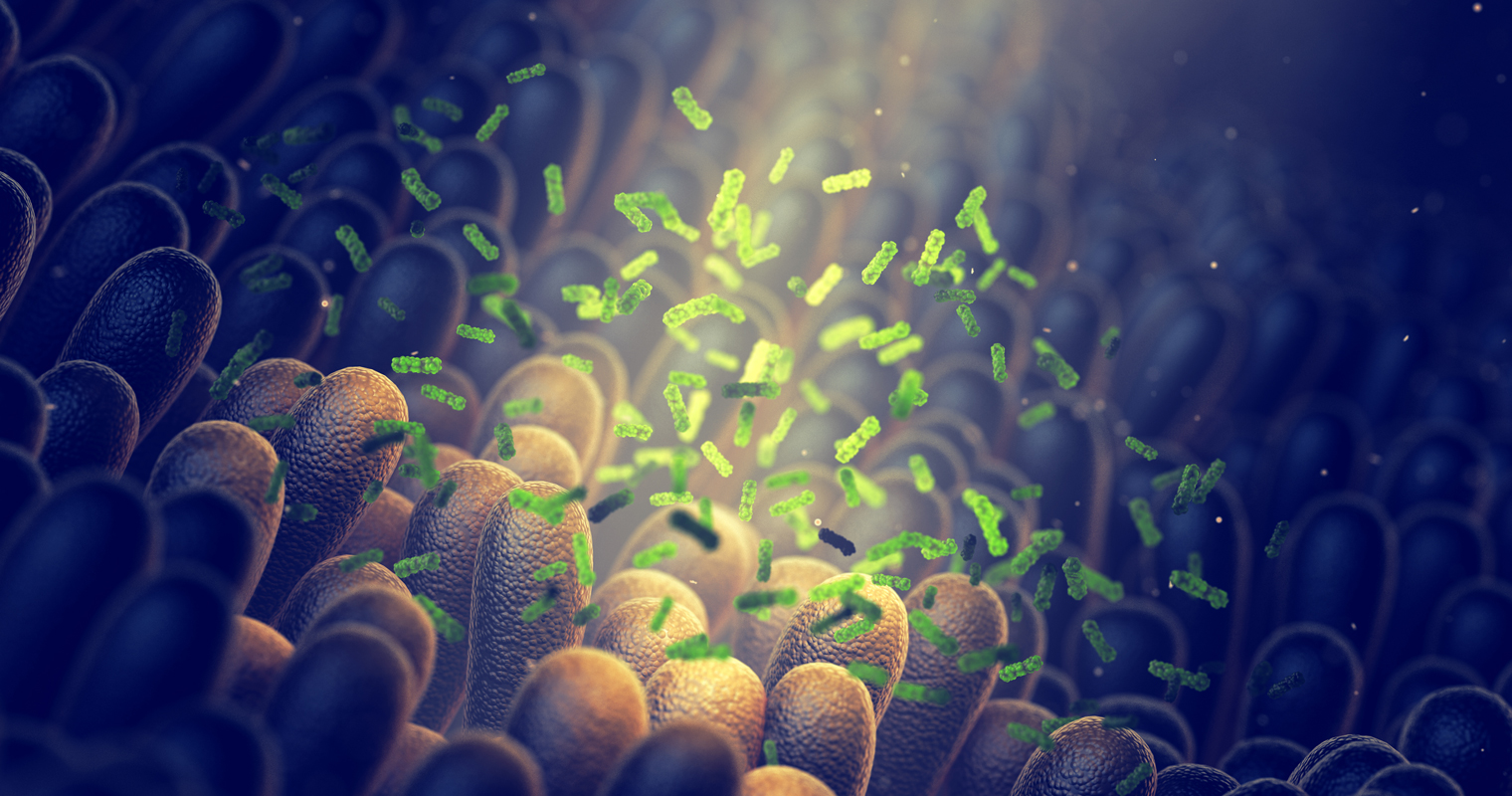
Moreover, it regulates the amino acid metabolism and glutathione—the human body’s most powerful antioxidant. This key antioxidant is found in every cell, and its deficiency can promote oxidative stress. By regulating this antioxidant, the microbiome plays an important role in preventing free radical activity.
A microbiome imbalance in the gut can disturb the balance between the reactive oxygen species (ROS) and antioxidants. Also, studies have shown that consumption of probiotics (gut bacteria) in food or alone can promote antioxidant activity. They exhibit their own enzymatic systems. One of the important enzymes exuded by probiotics is Superoxide Dismutase (SOD). It catalyzes the breakdown of Superoxide, one of the most common ROS formed in the cell membrane. The probiotics also produce several metabolites capable of antioxidant activity like folate. These metabolites promote DNA replication and repair.
Ways to slow aging
Aging is a natural process and cannot be prevented or stopped completely. However, the aging mechanism accelerates and appears earlier than it should be because of unnatural causes like pollution and UV exposure, It can be slowed down and its signs alleviated by multiple ways, one of which is antioxidants.
Stem Cell Therapy
Stem cell transplantation is a well-known therapy for alleviating the signs of or slowing down skin aging. It can improve skin quality and contribute to the regeneration of skin cells during the aging process. This therapy is known to be effective, as it forms a protective, complex shield against the eroding effects of free radicals. The stem cells combine with the anti-aging genes to absorb the aging shock. Moreover, they maintain the balance of anti-aging genes and thus delay the aging process while promoting longevity.
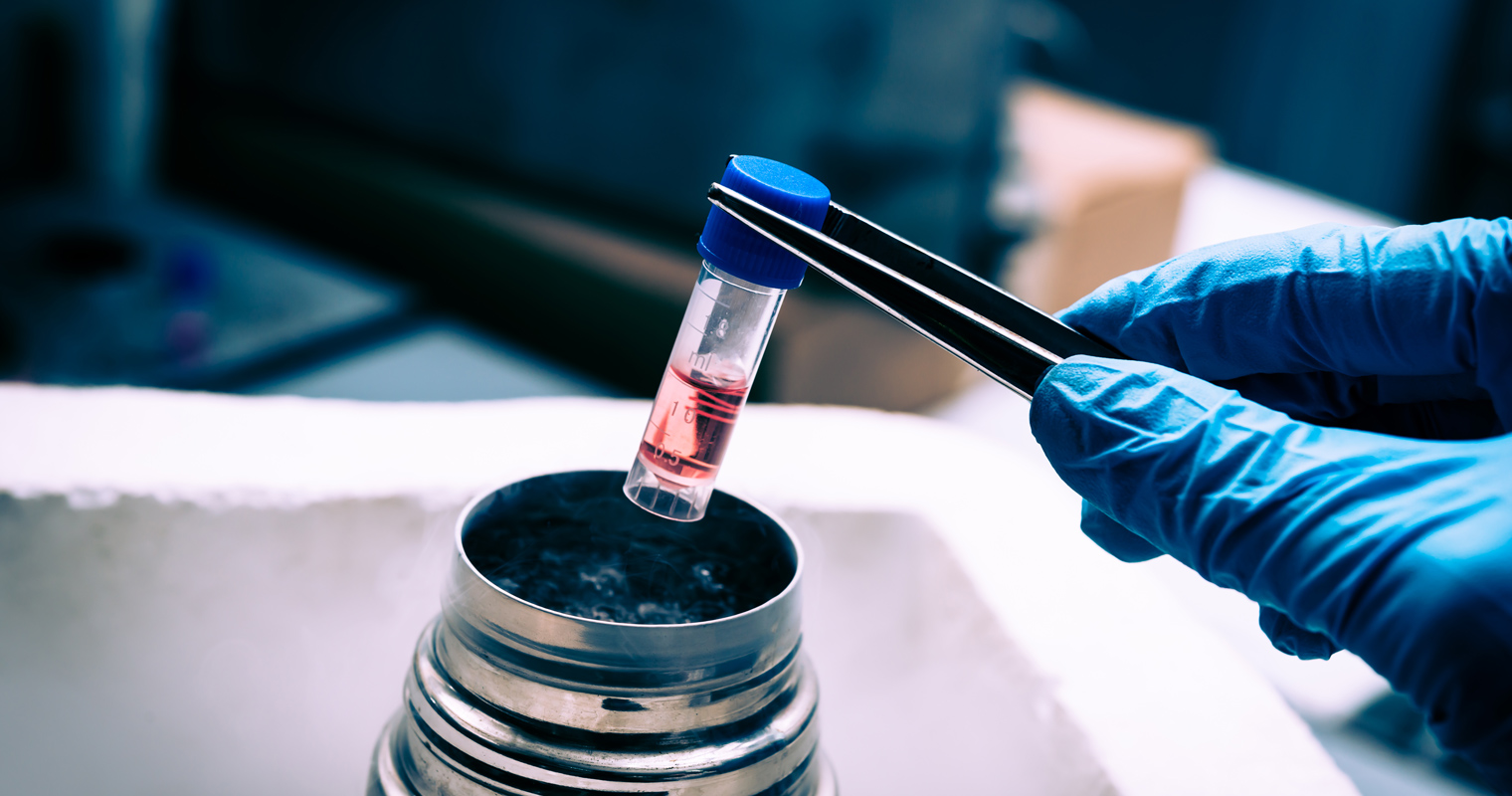
Retinoids
Retinoids, chemically similar to vitamin A, are known as a very effective skin solution. The topical application of retinoid inhibits the degradation of collagen—an important protein that is responsible for the strength and elasticity of skin, and its degradation leads to wrinkles.
Hormones Replacement Therapy
Along with treating the symptoms of menopause, hormone replacement therapy (HRT) can slow down the skin aging mechanisms too. It improves skin thickness, elasticity, and collagen content while enhancing hydration. However, a few studies associate it with an increased risk of breast cancer.
Telomere Modification
The telomere is a compound structure present at the end of the chromosome. It gets shorter whenever the cell replicates itself while leaving the DNA intact. Over time, these structures become too short to do their function. The cells start to age, and their functions become disrupted. Telomeres are like the aging clock in every cell. Some cells are capable of reversing the telomere shortening by releasing telomerase—an enzyme that can extend the said structures.
Telomerase activation can reverse skin aging, as it can elongate the telomeres in the chromosomes and slow down aging. Inducing telomerase activation mechanisms in the skin can bring out the desired results. However, it is associated with high risks of skin cancer.
Diet Restriction
Some proteins and lipids glycate form bonds with sugar when exposed to sugar. These Advanced Glycation End Products (AGEs) are one of the major causes of aging and several degenerative diseases. It is not feasible to reverse the glycation of proteins. So, the strategy is to prevent these proteins from glycation. Grilled, fried, and roasted food contain a high amount of AGEs, while items that have been boiled and steamed contain very low AGEs content. Hence, consuming low-sugar and low AGEs food items can help slow down the aging process.

According to some researchers, many culinary herbs and spices like cloves, cinnamon, oregano, and allspice can inhibit glycation caused by the sugar, fructose. Compounds like ginger, carnitine, garlic, zinc, manganese, and green-tea catechins also help inhibit AGEs formation. So, restricting the diet to specific food items can help slow down aging.
Anti-Inflammaging
Inflammaging refers to the skin aging caused by underlying, chronic inflammation that impacts the skin’s defense system. This inflammation traces back to external factors like pollution and UV rays. It brings structural changes in the skin and causes collagen degradation while impairing the organ’s barrier function. Hence, treatment of the cell line by inducing mycosporine-like amino acids—UV-absorbing compound. The anti-inflammaging process tends to neutralize the effect of inflammaging. There exist many natural anti-inflammaging compounds like vitamin A, C, D, and E as well as green tea.
Antioxidants
Antioxidants can relieve the skin aging, as they neutralize the ROS. These agents are produced naturally in the human body and include enzymes as well. ROS are harmful to skin and accelerate aging. Antioxidants can slow down aging while alleviating the aging signs as well, as they scavenge the main culprit of premature aging, i.e., free radicals. They also improve the skin structure and prevent the age-related decline in tissue regeneration.
There are several ways to slow down aging. However, the prevention of skin aging by reducing exposure to the harmful environment is still the best approach. Intake of antioxidants can help, but it can also pose several risks. First, in the well-nourished population, the intake of antioxidant supplements can be counterproductive. Oxidation is necessary for the functioning of the human body, and excessive antioxidant activity can disrupt it. The balance between free radicals and antioxidants should be maintained.
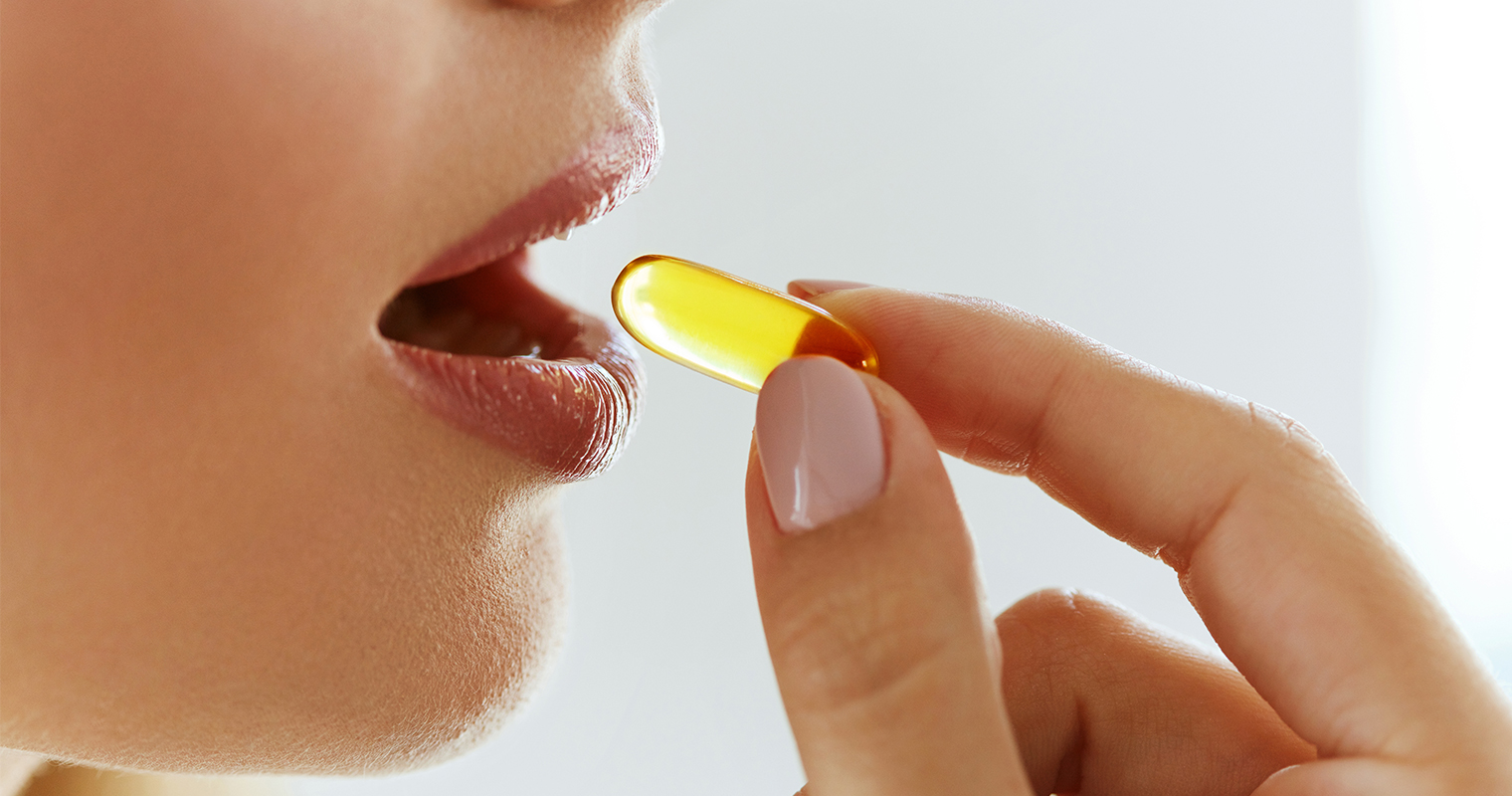
How do we get antioxidants?
Antioxidants occur naturally in the human body. They are also found in many food sources, including plants and animals. Antioxidant supplements are also a good source. The food sources of antioxidants include:
- Pumpkins, apricots, mangoes, spinach, carrot, and parsley are a good source of beta-carotene (β-carotene).
- Tea and red wine contain catechins.
- Seafood, milk, nuts, and lean meat are a good source of copper and manganese.
- Tea, citrus fruits, green tea, apples, and onions are rich in flavonoids.
- Soybeans, lentils, tofu, milk, and peas have an ample amount of isoflavonoids.
- Leafy, green vegetables are rich in lutein.
- Sweet potatoes, milk, carrots, and egg yolks are a great source of vitamin A.
- Oranges, kiwifruit, mangoes, sweet potatoes, spinach, broccoli, strawberries, and capsicum provide vitamin C.
- Avocadoes, seeds, nuts, vegetable oils, whole grains, and seeds contain vitamin E.
Current research shows that antioxidants are more effective when consumed through whole foods instead of tablets. The supplements can even be counterproductive, especially when taken excessively. Hence, they should always be taken in consultation with a doctor or dietitian.
The body cells produce powerful antioxidants naturally. These molecules include alpha-lipoic acid and glutathione. These agents are present in body fluids and cells, while some of them like carotenes and glutathione are present in the liver. These antioxidants have to exist in balance with the free radicals generated during the oxidation process. A deficiency of antioxidants in the body can produce inflammation and cell destruction. Hence, it is important to consume antioxidants from external sources too. Antioxidants consumed through food, like vitamin C, help replenish the cell’s stock of antioxidants. For instance, vitamin C can help generate vitamin E in the body.
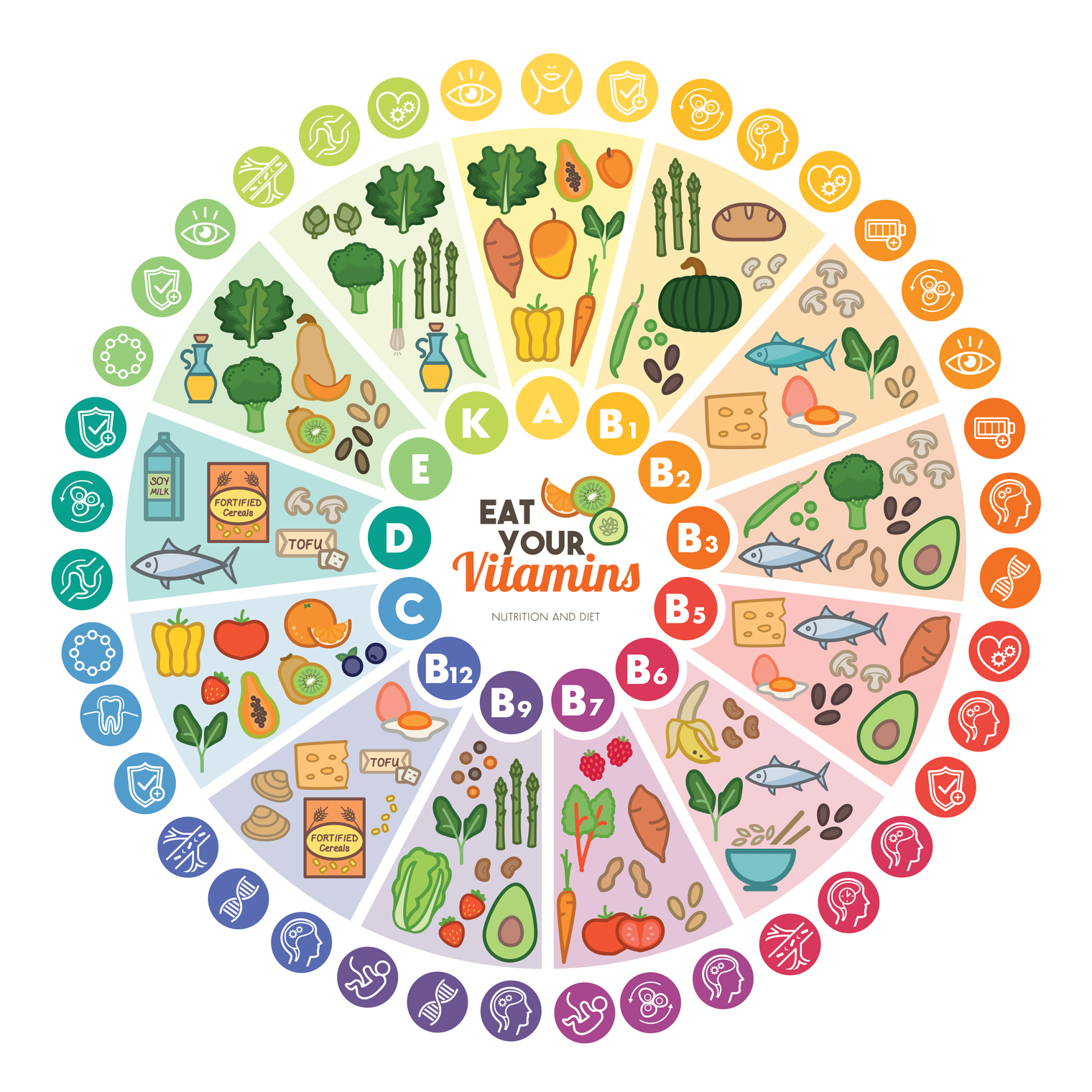
In addition to healthy food intake, lifestyle choices also influence the generation of antioxidants by the human body. For instance, exercise and taking adequate sleep can maintain the antioxidant levels in the body. The latest research shows that physical activity helps maintain and even increase the antioxidant levels. One study shows that performing a combination of circuit weight training and cardio raises the glutathione levels. However, athletes who do intensive training without consuming adequate nutrition and rest stand the risk of reduced glutathione production.
Similarly, a good night’s sleep also helps with maintaining the antioxidant level. Lack of sleep can lead to oxidative stress as well as hormonal imbalances. Research shows that chronic lack of sleep decreases the glutathione levels. One study found that people with insomnia face higher oxidation activity than individuals taking enough sleep. Another study indicates that poor sleep quality can increase the signs of intrinsic aging and reduced skin barrier function.

A few studies show that yoga can also help with maintaining the antioxidant level. One study shows that twelve weeks of yoga can raise the levels of antioxidants. In fact, it proved to be more effective than running, rope skipping, and cycling. Yoga training increases the levels of glutathione activity and vitamin E, according to another study.
What if we need more antioxidants?
If the antioxidants in the human body are not enough to neutralize the radical activity, one has to consume them through various sources. In the case of the skin, there are three ways to consume more antioxidants. They include eating antioxidant-rich foods, consuming supplements (more on that later), or topically applying creams having these agents. Using both oral (via food) and topical antioxidants has been known to help prevent or reduce the structural changes in skin cells.
Taking the antioxidants orally, be it through food or supplements, takes more time for these agents to reach the skin. They get delivered to the skin via sebum—oil secretions by sebaceous glands. When applied topically, the antioxidants reach the skin cells directly, as they are absorbed at once by the skin. Moreover, the absorption of food or supplements in the gut renders only a limited amount of antioxidants to be absorbed, and their availability to the skin gets further reduced because of the transport mechanism. Hence, topical application is more viable in case of the skin treatment.
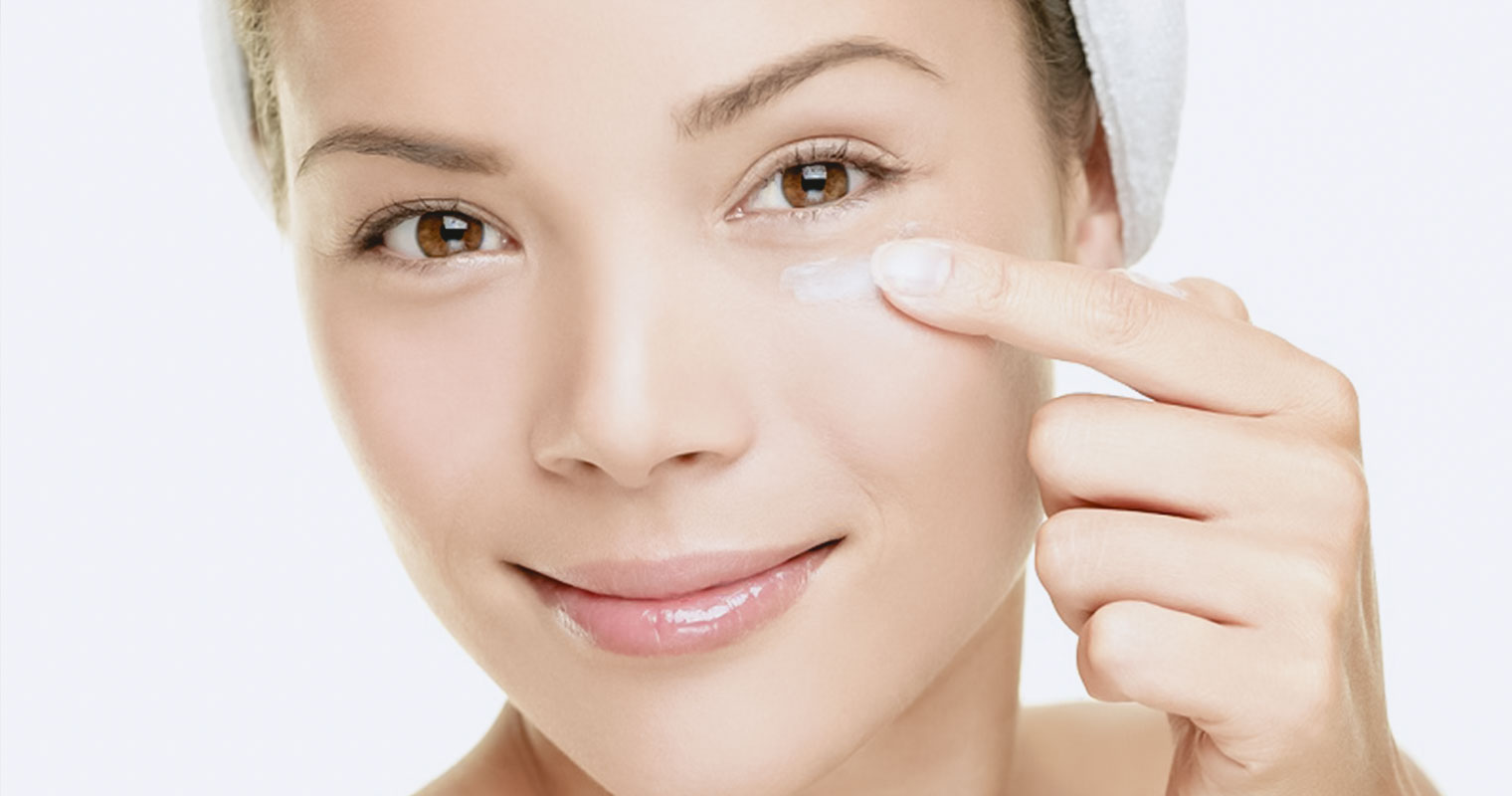
The latest research indicates that there is no evidence to show that antioxidant supplements are effective in slowing down the aging process or preventing disease. Some researchers state that the reason several studies could not show the benefits of antioxidant supplements is that these agents tend to show efficacy when combined with other nutrients or antioxidants.
Topical antioxidants, however, are known to prevent skin aging, reduce aging signs, and alleviate the UV-caused damage. However, not all of them can treat every aforementioned condition. For instance, only vitamin C can alleviate wrinkles, as it directly influences the collagen formation. Other antioxidants can prevent wrinkles but cannot treat the existing ones. The topical sources of antioxidants include:
- Vitamin E (tocopherol) serum or oil. Vitamin E is a lipid-soluble antioxidant present in abundance in the skin. The natural sources of this antioxidant include vegetables, meat, and seeds. Its topical application has been known to reduce the number of sunburn cells and UV-induced damage.
- Coenzyme Q10 (CoQ10): It is a fat-soluble antioxidant present in all human cells as a part of the respiratory chain. It is a popular, topical antioxidant, which is added to many cosmetic products.
- Lycopene: It is a powerful carotenoid present in red fruits and vegetables. It is known to deal with photo-induced tumors and is included in several skincare products because of its capability to prevent oxidative damage.
- Vitamin C: Pollution and sun rays can deplete vitamin C in the skin. Since it is a powerful antioxidant, its level has to be replenished in the skin. It is applied topically as a serum and included in many UV sunscreens.
Natural topical sources of antioxidants
These include honey, sandalwood, various extracts like French maritime pine bark extract, green tea, and a wide variety of essential oils, e.g., olive oil, eucalyptus oil, sweet almond oil, avocado oil, coconut oil, and jojoba.
Topical skincare products with antioxidants
We, at BLACKPAINT are committed to provide a variety of organic, anti-aging products to our customers. Based on the antioxidant content of our products, the following three are best suited for anti-aging purposes:
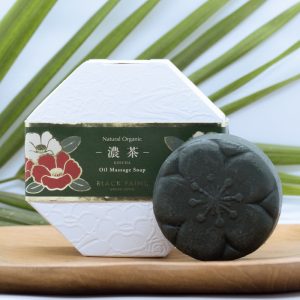 It is a blend of 24 types of organic plant oils and contains rich amounts of antioxidants like catechins, vitamin C, and vitamin E, that help to slow down aging and treat wrinkles and pigmentation on skin. The Japanese green tea, olive oil, eucalyptus, and sweet almond oil in Koicha Tea Soap are especially known for their antioxidant properties. Moreover, the soap is made with Japanese traditional method in which the absence of heat protects the ingredients from destruction.
It is a blend of 24 types of organic plant oils and contains rich amounts of antioxidants like catechins, vitamin C, and vitamin E, that help to slow down aging and treat wrinkles and pigmentation on skin. The Japanese green tea, olive oil, eucalyptus, and sweet almond oil in Koicha Tea Soap are especially known for their antioxidant properties. Moreover, the soap is made with Japanese traditional method in which the absence of heat protects the ingredients from destruction.
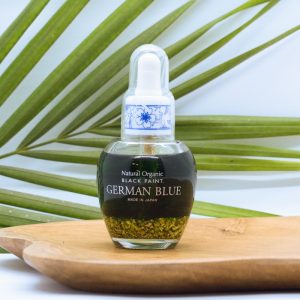 German Blue is an anti-aging, anti-pigment, and anti-wrinkle serum. It is composed of powerful ingredients that have antioxidant properties. The rich antioxidant content of its ingredients make it a suitable product to use for age related issues. German Blue contains honey, olive oil, tea tree oil, sweet almond oil, and jojoba oil to help slow down aging.
German Blue is an anti-aging, anti-pigment, and anti-wrinkle serum. It is composed of powerful ingredients that have antioxidant properties. The rich antioxidant content of its ingredients make it a suitable product to use for age related issues. German Blue contains honey, olive oil, tea tree oil, sweet almond oil, and jojoba oil to help slow down aging.
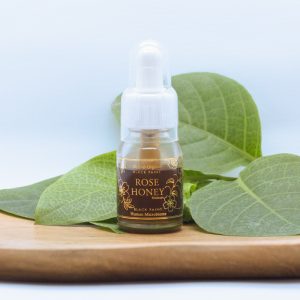 This product is created from pure flower honey and is a powerful anti-wrinkle treatment. It also refines the pore size, making skin look more healthy. Honey, damask rose, and French maritime pine bark extract in Rose Honey have antioxidant effects.
This product is created from pure flower honey and is a powerful anti-wrinkle treatment. It also refines the pore size, making skin look more healthy. Honey, damask rose, and French maritime pine bark extract in Rose Honey have antioxidant effects.
The enemies of antioxidants
Certain elements in the environment contain free radicals that can cause oxidative stress to the body. These pollutants include cigarette smoke, certain cleaners and pesticides, radiation, ozone, and pollution. High-sugar diets, alcohol, and excessive fat consumption can also cause additional free radical production. Moreover, medication like certain painkillers, beta-blockers, and anti-inflammatory drugs can also accelerate aging because they might impede the natural restoration of antioxidants.
Excessive free radical production requires more antioxidant activity and puts pressure on these agents. Moreover, oxidation and additional free radicals can hamper the generation of more antioxidants.
Myths about antioxidants
The major myth about antioxidants is that their supplements are as good as (for many, better than) the whole food sources. However, that is not the case. The food sources offer multiple nutrients, and studies have shown that antioxidants operate better when combined with other antioxidants or crucial nutrients. In fact, consuming antioxidant supplements while taking a balanced diet can be harmful, as they disrupt the natural mechanisms in the body.
Another myth is that antioxidants only come from fruits and vegetables. Many spices, whole grains, coffee, tea, cocoa powder, and nuts also provide antioxidants.

Many people have started believing that yoga is more of a fad than a fact. However, studies have shown that yoga helps with the generation of antioxidants and hence, prevents premature aging. One study indicated that yoga could more effectively increase the antioxidant levels than exercise, like running and cycling. Two recent studies show that doing regular yoga can slow down physical aging and alleviate the harmful impact of stress at the DNA level. Another study showed that it can reverse the molecular mechanism of skin aging.
Misconceptions on antioxidants
One misconception about antioxidants is that taking their supplements after exercise gives optimal benefits. However, physical activity leads to more oxidation and increased free radicals. Since it is a natural response, the body has to adjust through a natural process. Taking the antioxidant supplements right after can disrupt the natural (beneficial) responses to exercise.
Another misconception is that one should take as many antioxidants as possible. That can be counterproductive. Excessive antioxidants can impact the natural oxidation process that is necessary for the functions of the body.
It is thought that antioxidant supplements provide exactly the amount of antioxidants we need. While taking antioxidant supplements like vitamin E, C, and A, one should remember that they provide 70-1,660 percent of the daily value. So when these supplements are taken with a balanced diet, they are likely to cause overdose. Always consult your healthcare provider before taking supplements.
References
https://www.aad.org/public/everyday-care/skin-care-secrets/anti-aging/reduce-premature-aging-skin
https://www.aad.org/public/everyday-care/skin-care-secrets/anti-aging/reduce-premature-aging-skin
https://www.aad.org/public/everyday-care/skin-care-secrets/anti-aging/maximize-anti-aging-products
https://www.livescience.com/36720-anti-aging-products-lotions-supplements.html
https://www.pennmedicine.org/updates/blogs/health-and-wellness/2019/december/the-truth-about-wrinkles (#2, 5, 1)
https://www.thehealthy.com/beauty/anti-aging/anti-aging-myths-debunked/
https://www.health.harvard.edu/womens-health/dont-fall-for-these-skin-myths (# 1 & 6)
https://www.ncbi.nlm.nih.gov/pmc/articles/PMC3569896/ (table 1 Plants with antioxidative activity.)
https://www.ncbi.nlm.nih.gov/pmc/articles/PMC5514576/
https://www.researchgate.net/publication/235403921_Skin_and_antioxidants (fig 1)
https://www.webmd.com/beauty/features/beauty-skin-care-vitamins-antioxidants#1
Defining anti-aging https://www.fightaging.org/archives/2002/11/what-is-antiaging/
Role of antioxidants in Photodamage and aging https://www.ncbi.nlm.nih.gov/pmc/articles/PMC5514576/








